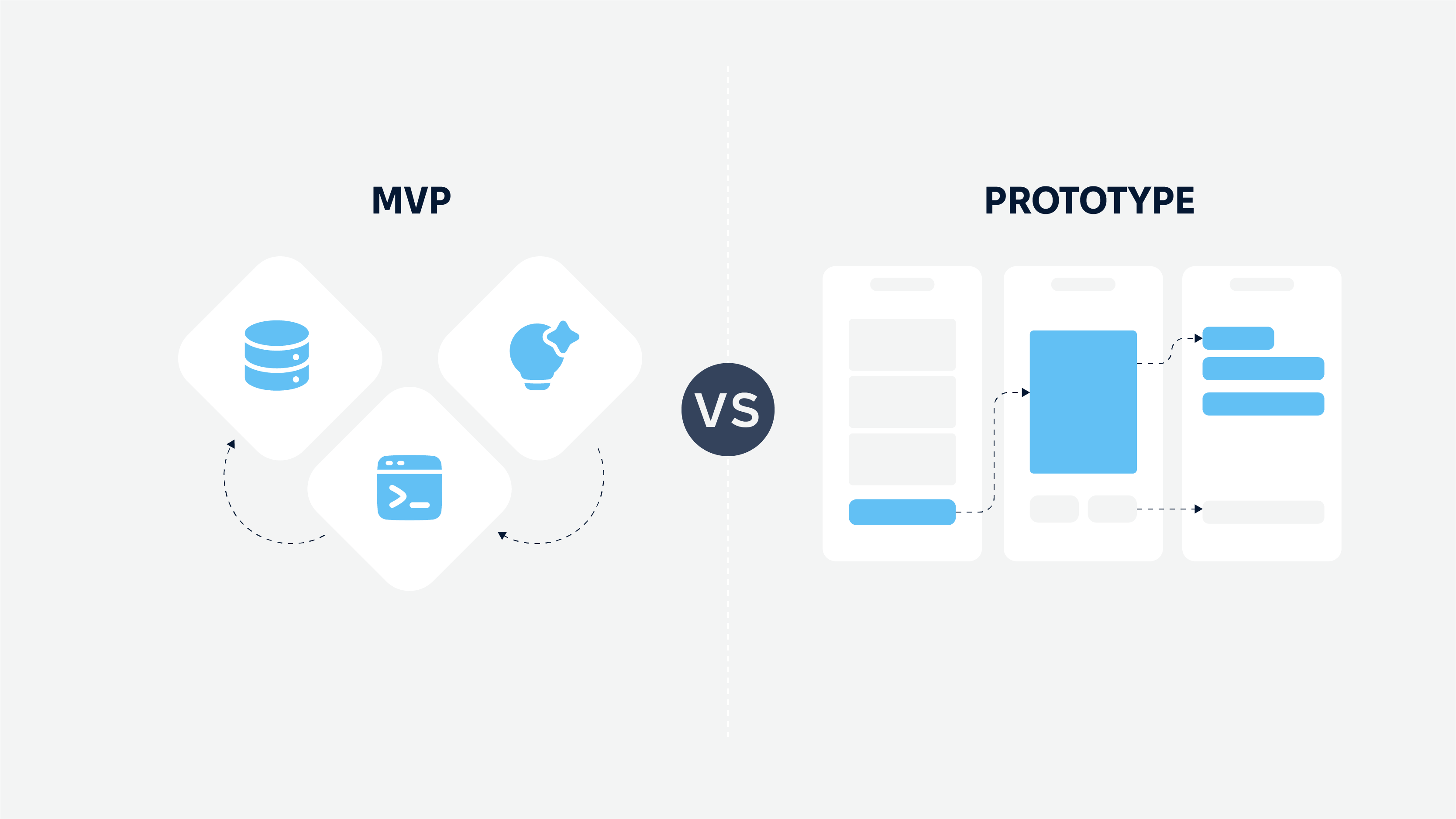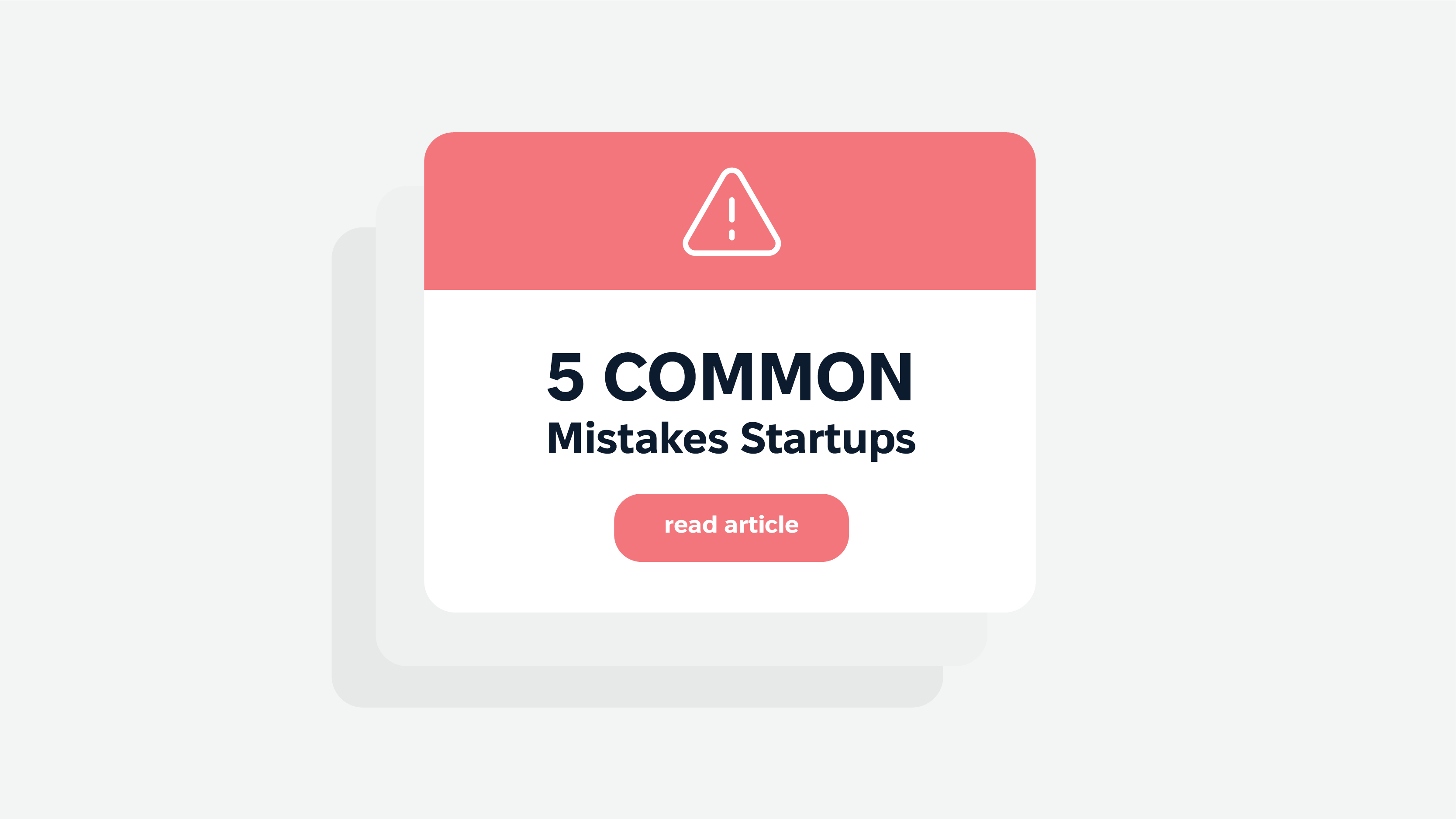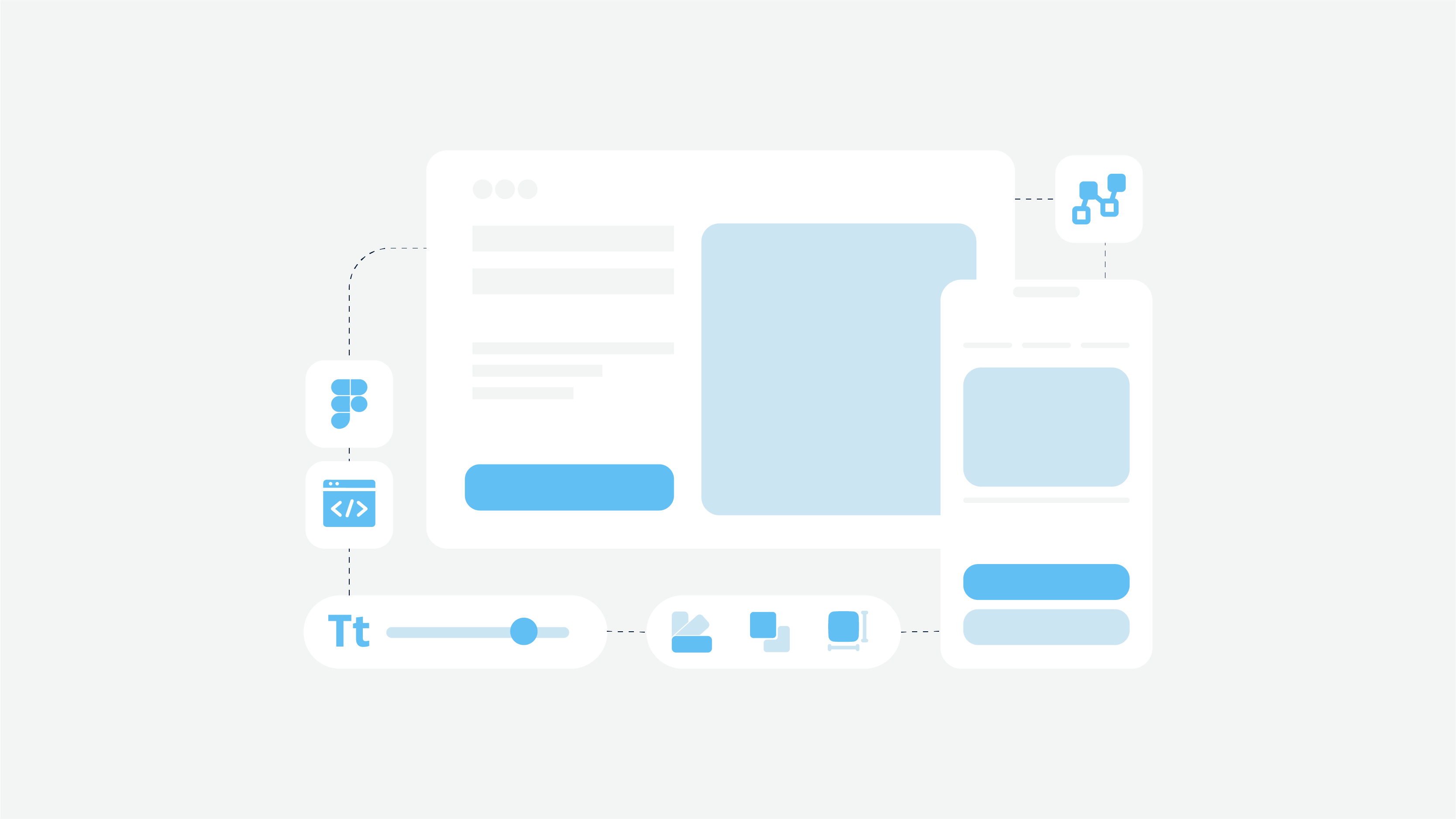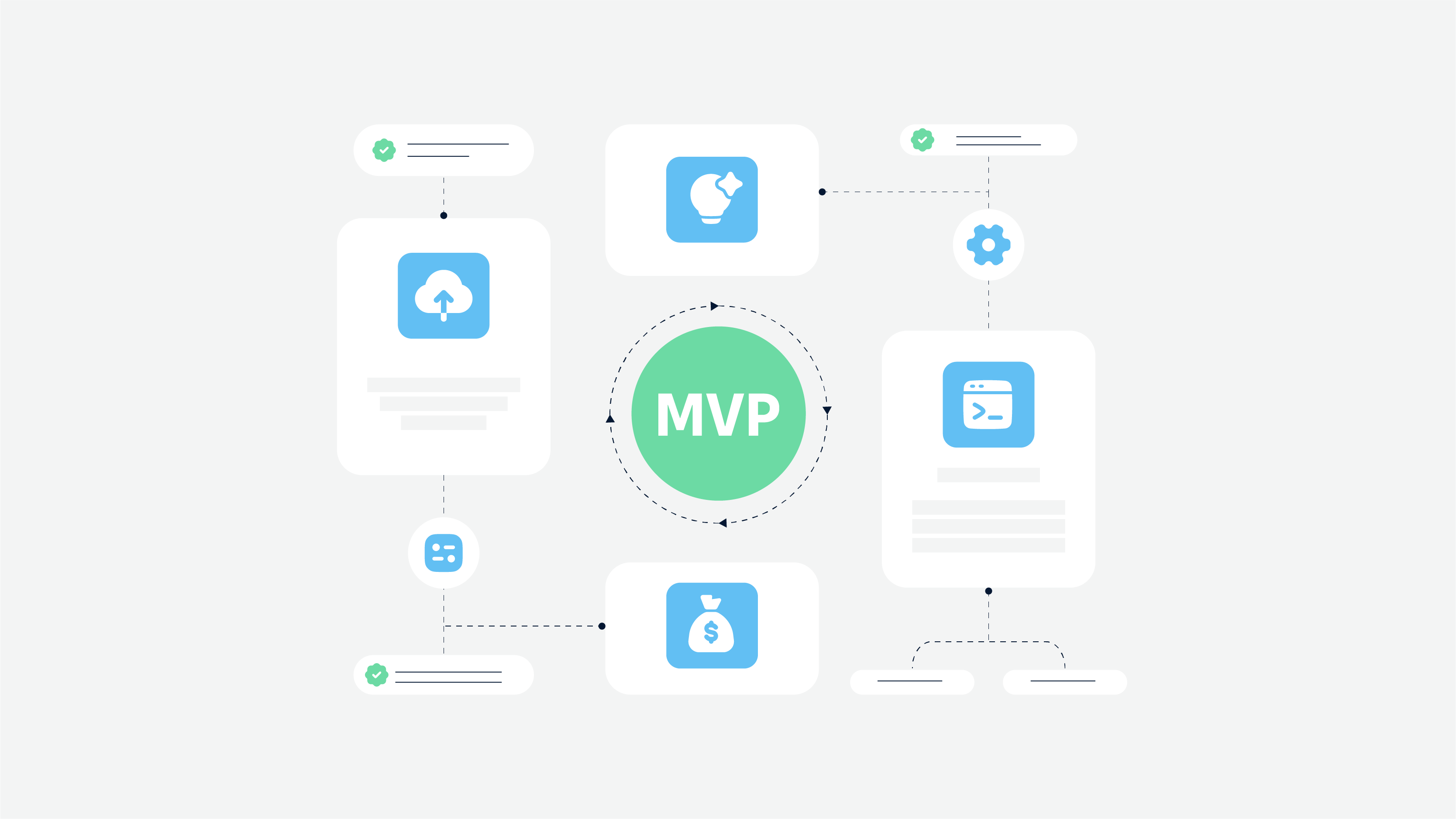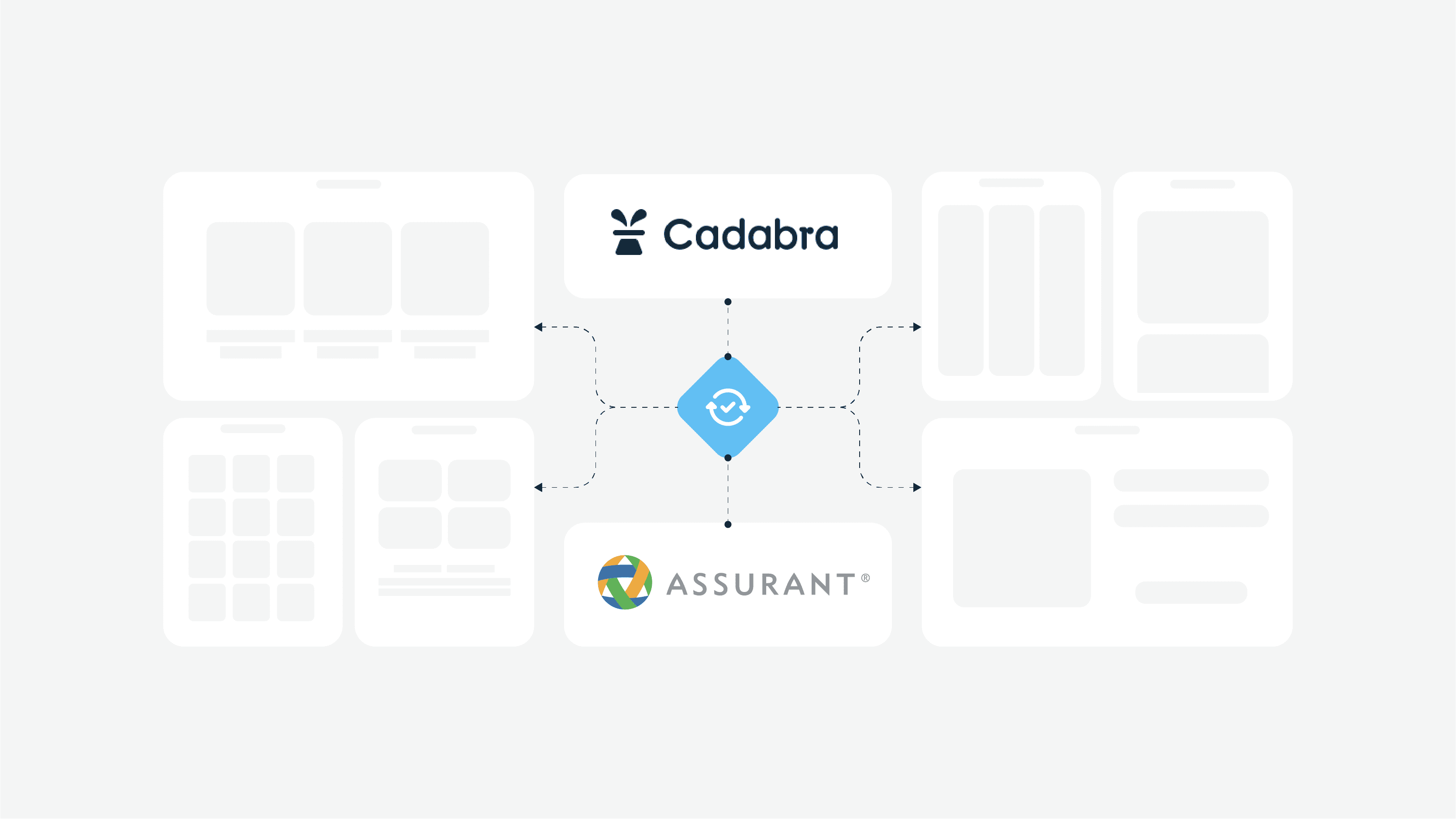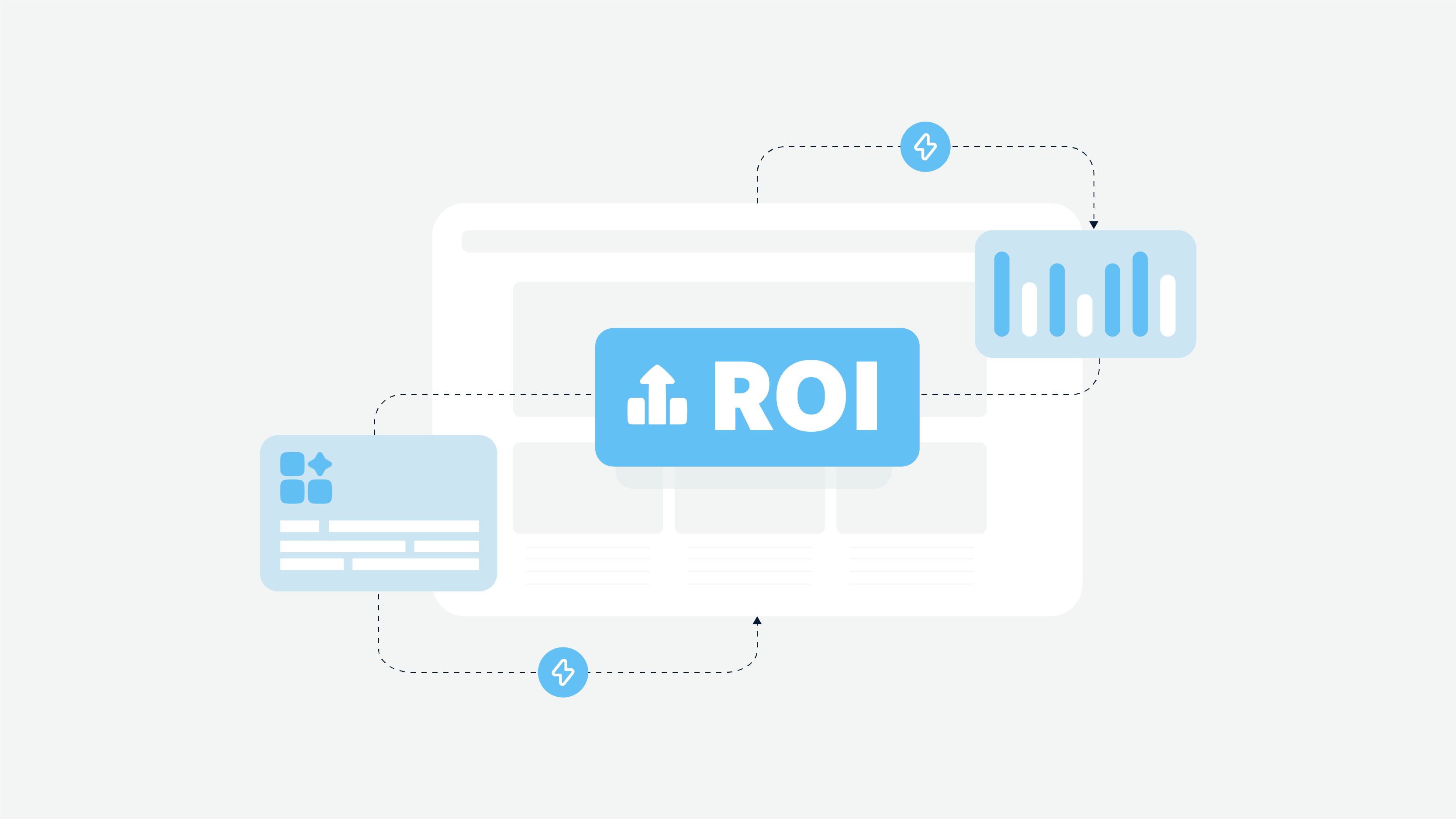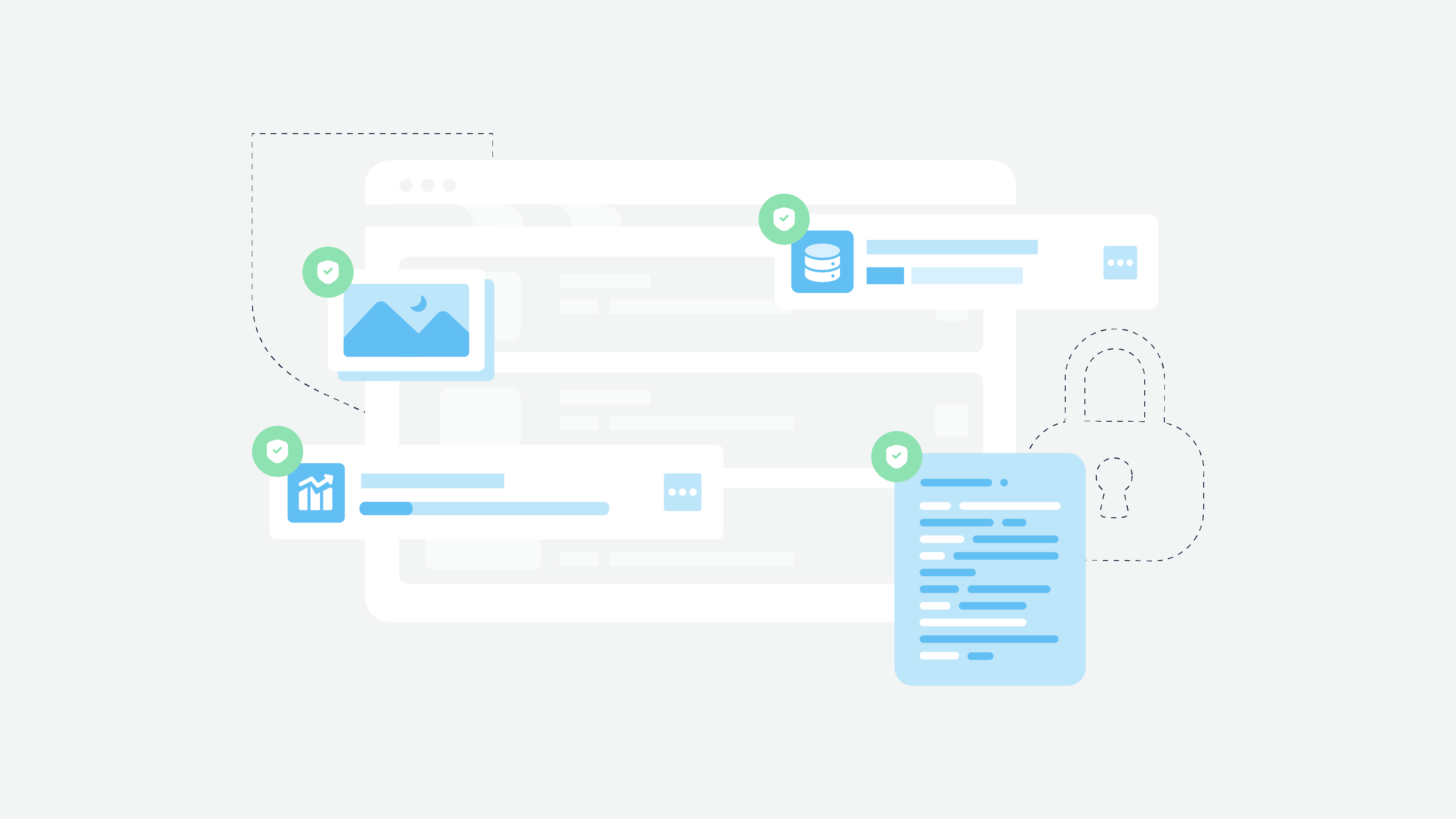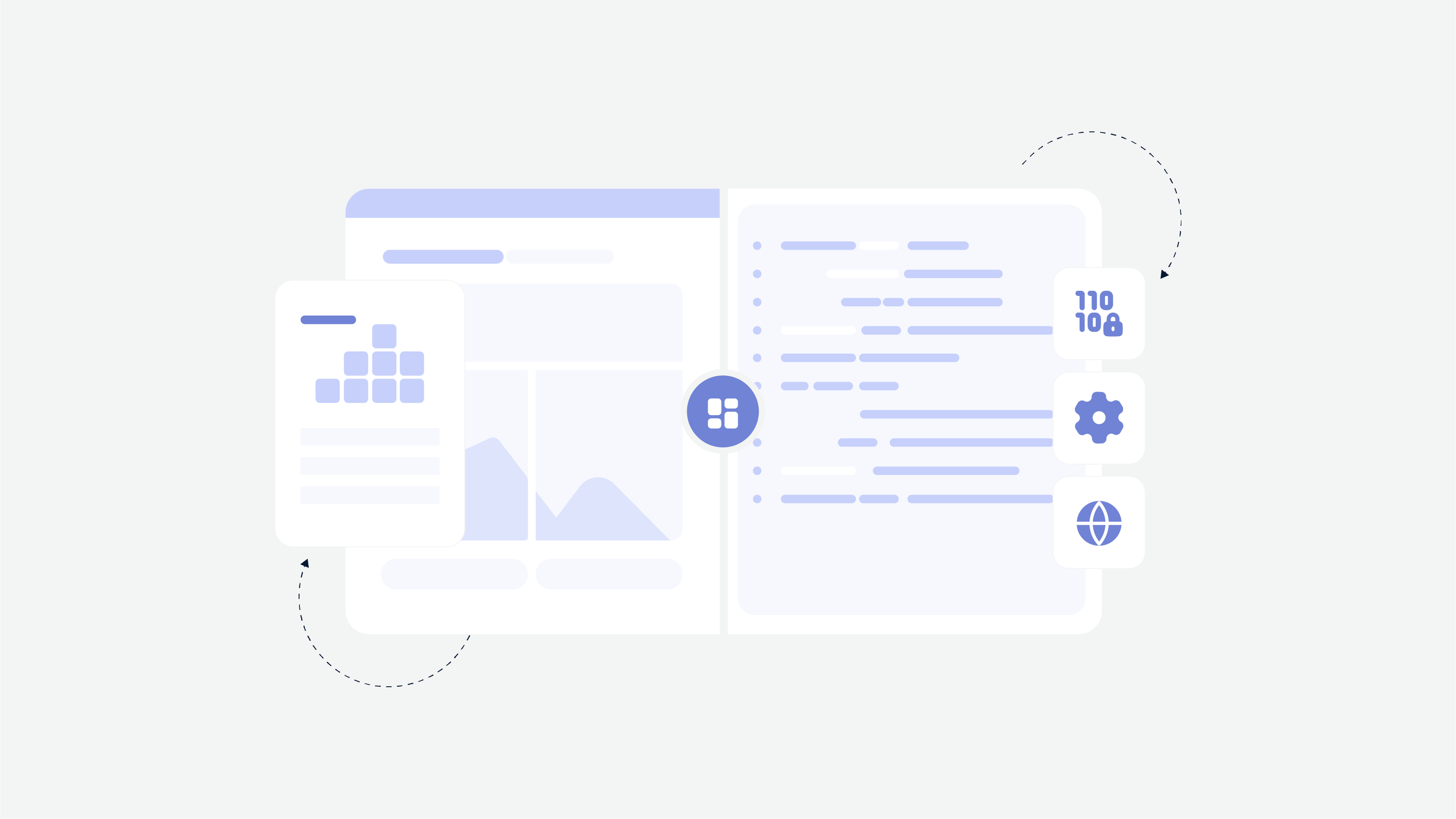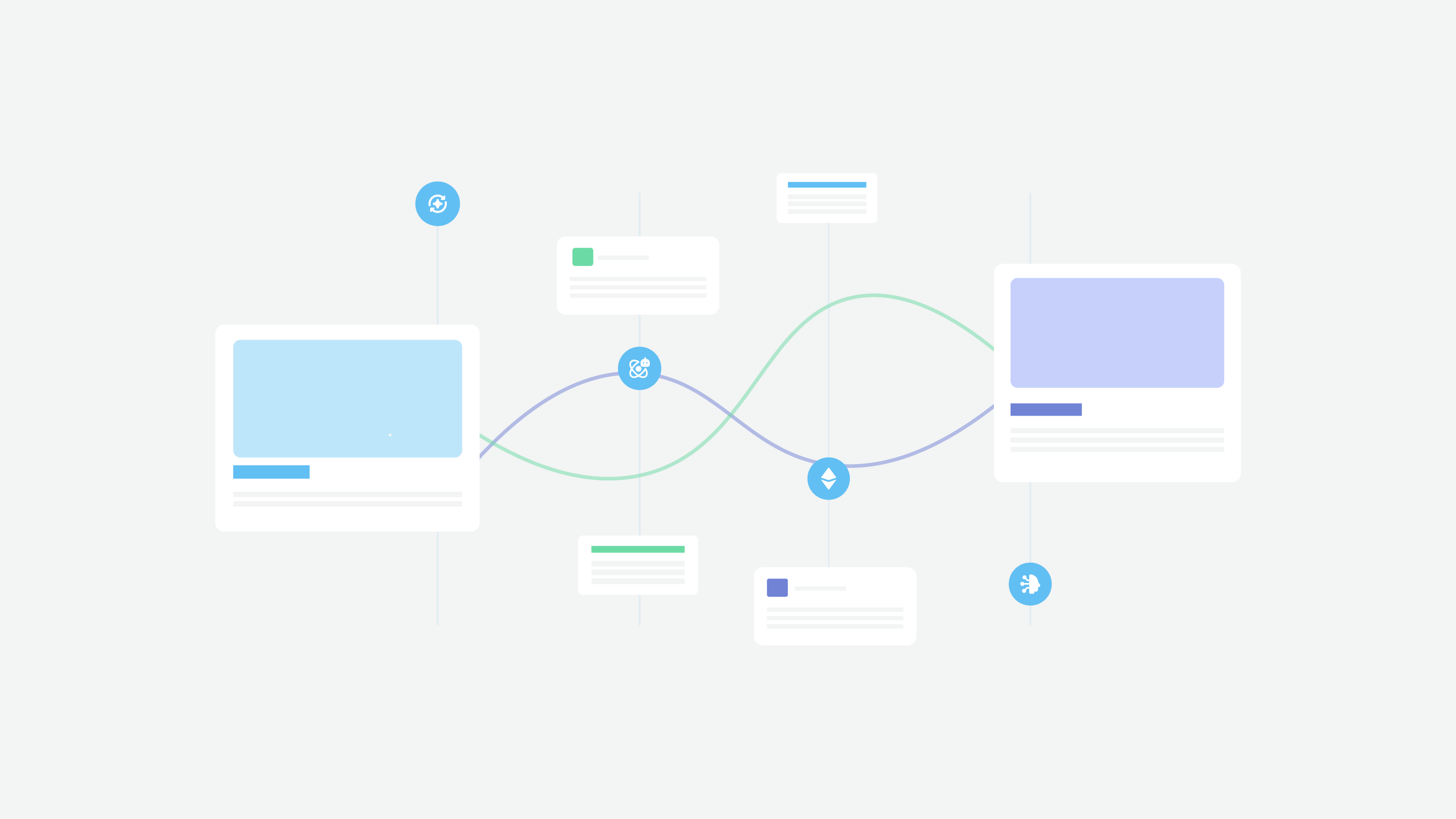But what is the right way to choose a proper tech stack for your project? That is the question we need to shed light on. The success of the application also depends on the type of tools used during the development process.
Hence, you need to know everything about tech stack particularities and how to choose tech stack for startups. In this article you will find widespread pitfalls to avoid, and learn what tech stack Facebook and Airbnb uses. Let’s move on!
What Is A Tech Stack?
Technology stack is the first thing developers think about when they need to create a mobile or web app. Tech stack includes the required software components that turn into the ground for the functional project. It usually consists of frameworks, programming languages for front-end and back-end, databases, and other tools.
Experienced developers usually select tech stack, but if you have some wishes and requirements concerning a specific technology stack, they are always considered.
The Importance Of The Technology Stack
Okay, the website is built using the LAMP tech stack (you can find more info about LAMP stack below), for example. But why was LAMP selected for your project? It was not a spontaneous decision since each tech stack tool is used for a specific action. When developers choose a tech stack, they consider the details of a future project.
That is, one server system perfectly fits for complex projects that require high computing capacity. In contrast, another system will be enough for a simple app that implements essential functions. Developers evaluate the compatibility of tools, feasibility, and suitability of the project.
So if the LAMP tech stack is good for one project, it doesn’t mean it will fit the next project. Each software has its particularities, so the tech stack is fundamental. Besides, improperly selected tech stack may extend the development time, so it will impact the final cost.
Do you want to share more detailed information about your project? Cadabra Studio is always at your disposal — contact us!
Several Tips To Avoid Failures When Choosing A Tech Stack
Even if you are not a tech-savvy person, and far from software development, you need to know the common mistakes of choosing a tech stack. However, if you already had an experience of cooperation with developers, and it is not your first project, you still need to get acquainted with these tips.
Mistake # 1. Focusing On Previous Projects
As noted above, each project requires an individual approach. Even though your previous project was built successfully using a specific tech stack, the current project may require new tools and skills. Previous experience may be useful, but it cannot guarantee that your new project can be created using the same methods.
Mistake #2. Taking The Experience Of Competitors
Never use tech models your competitors used in their projects. The same as your previous projects, tech stack in web or mobile apps of competitors cannot be used in your app as a pattern that’s repeated.
Firstly, your app may not function properly as a rival’s project. Secondly, your software must be unique, remember? What is the sense of the software clone? So entrust the project to professionals who will find the tech stack appropriate for your project.
Mistake #3. Personal attitude
You cannot choose a tech stack based on your attitude to one or the other technology, especially if you have no five-year web/mobile development experience. Software developers should use the right tool in the right place, but not a tool that you like. Therefore, you should understand that software development is the process where a calculating mind prevails.
Mistake #4. Trust To Any Found Information
Before you hire a development company, you should research and find out whether your project idea is worth the candle. However, it is necessary to filter the information you find since some pieces of info can be far from being trustworthy. It also concerns tech stack details that you may find somewhere on forums or communities for programmers.
At Cadabra Studio, we trust the skills of our programmers and their experience. So we always know what tools will fit better for each project. That is why you should communicate with experts rather than research a tech stack for the app on your own.
What Are Different Technology Stacks (Mobile And Web)?
Technology stack for web development and mobile apps will be different, of course. For starters, web apps run on the Internet. Users don’t download them, and it is necessary to launch a web browser only and find a website. A web app includes the client-side (front-end) and server-side (back-end).
Mobile apps must be downloaded from app stores to use them if they are native, or progressive web apps may function like native ones if you install them via the browser. Native mobile apps are created for one specific platform (iOS or Android). The development includes the utilization of particular programming languages like Swift for iOS and Kotlin/Java for Android.
Which Stack Is The Best For Web Development?
That is the question we already answered above — there is no best stack for web development since every project has its characteristics. However, some web tech stacks are often used successfully since the combination of tools allows developers to build web apps efficiently. But first things first.
What Technologies Are Used For Front-End Development?
Client-side, or front-end, is the process of direct interaction with users via the website. Front-end uses three leading technologies like HTML5 (the markup language), CSS (the stylesheet), JavaScript (browser scripting language).
Along with these three technologies, a bunch of frameworks, platforms, and libraries may be used. For example, Bootstrap is an accessible platform for developing adaptive web applications.
The front-end part often requires auxiliary JavaScript-based frameworks that enhance the website and simplify the development process. Vue.js, React, Angular, jQuery are frameworks and libraries (React and jQuery are referred to libraries) that are used by front-end developers almost for each website. By the way, you can read our article with compilation of top JS frameworks.
What Are Server-Side Technologies?
Server-side web development is a more complicated process that takes much more time and effort. Server-side, or back-end, consists of three parts like server, application, and database. The back-end is not visible to the user’s eye, but it is the central part that makes a website function correctly. There are four primary back-end stacks, and we will list each of them below.
.NET tech stack.
.NET Framework is a programming platform created by Microsoft and used for server-side development. But .NET is often used as one tool in the combination of other tools to develop a full-fledged web app. That is, .NET tech stack usually includes ASP.NET MVC (a framework for the building of robust and reliable web apps), .NET Razor (a markup syntax for creating interactive web pages), MS SQL (database).
RoR stack.
The back-end technologies list also includes Ruby on Rails stack. The stack consists of RoR framework and Ruby programming language for server-side development, JS tools (Bootstrap, Backbone.js, jQuery, CoffeeScript, etc.) for the client-side, MongoDB as a database, Redis as a database management system.
This article may be interesting for you: Websites Built With Ruby on Rails
LAMP stack.
The LAMP abbreviation stands for Linux, Apache, MySQL, and PHP. Everything is simple here — Linux is the server operating system, Apache is a web server, MySQL as a database, and PHP is a back-end language. Sometimes P also stands for Perl (a back-end language as well).
MEAN stack.
Back-end development tools often include the MEAN stack since full-stack developers like to deal with this set of technologies. The MEAN acronym stands for MongoDB database (sometimes developers use MySQL DB), Express.js (a back-end framework), Angular (a front-end framework), Node.js (a back-end platform).
Thus, there are different types of web technologies, so an extensive range of tools may be used in your project. If you are a little confused and don’t know what tools to use, Cadabra Studio specialists will choose the right stack for your app.
What About Mobile Stack?
A possible mobile app technology stack will not be too diversified since mobile apps use a limited number of technologies. Anyway, it is necessary to pay attention to each mobile platform.
iOS app tech stack.
For iOS apps development, programmers need to use a Swift programming language, Xcode, or AppCode as an IDE (integrated development environment). Some apps may require additional frameworks like AVKit, CoreData, etc., depending on the app type.
Android app tech stack.
Android developers use Java or Kotlin languages for app creation. Why two languages, not one? Java is the most popular object-oriented language for today, and it was the primary tool for Android app development. In 2014, the Kotlin language was released, and it is a more simple app development language that is compiled in JVM bytecode.
However, Java remains popular due to many benefits, and Android developers may work with these two languages. Also, app development requires Android Studio as an IDE.
Both a mobile app and website may be necessary for your business. How to make the right choice? Don’t hesitate to consult with Cadabra Studio specialists!
Technology Stack Diagram: Reasons To Build
A tech stack diagram implies the documentation where a detailed set of tools for a specific project is described. Thus, a diagram is necessary to capture all essential nuances of the app development. Developers build a diagram to assess infrastructure and draw up a plan for the further development process, predict possible technical issues.
The development team always strives to optimize app creation, so the tech stack diagram is a must for a more efficient working process.
Tips To Choose The Most Suitable Tech Stack
Although there isn’t a success formula, it is possible to follow specific steps to succeed and prepare the ground for further growth. There are four simple tips we recommend you to get acquainted with.
User Experience Comes First
You build your web or mobile app for future customers, not for fun. Therefore, it is crucial to choose development tools that will make your app customer-oriented and user-friendly. Please, keep in mind that UI/UX design should be created before tech stack is selected.
That is, everything starts with UI/UX design since developers focus on client-side and business logic, not on design. Discuss all these issues with a development company, and it will help you select the required tools and build a top-notch app.
Define Software Requirements Clearly
The development team needs to know everything about your software — its target audience, the type of an app, a platform, the number of features, a budget, preferences, etc. Also, to avoid confusion, it is worth noting that the development team includes not only developers but also the design team, QA engineers, PMs. Each department implements its part of the work to achieve the required result.
Thus, the more information a team has, the easier it will be to pick the right tool for each development stage.
Older Technologies Are Not Always Worse
Yes, developers must know everything about up-to-date trends in the programming world and apply them when necessary. However, don’t insist on the usage of modern tools only. Some existing old tools may be irreplaceable like JavaScript and related frameworks/libraries. Thus, let developers apply the tools they consider necessary, even if you think they are too outdated.
Keep It Scalable
Nobody can predict that your software will become popular for sure. However, it should always have a place to grow. If the number of visitors grows and the load increases, scalability must be available. So developers need to work on architecture and business logic of the software to avoid scalability issues in future. Developers can optimize the app and adapt it to current circumstances.
Technology Stack Examples Of Famous Projects
Finally, what about the well-known projects you use daily? You probably want to know how they were built and what tools were used during the development process. We decided to list the five most popular examples.
Airbnb Tech Stack
-
Programming languages: JavaScript (front-end), Java, Ruby (back-end), Swift/Java for iOS/Android;
-
Frameworks: React, Ruby on Rails;
-
Database: MySQL, Redis (as DBMS);
-
Web server: nginx;
-
Auxiliary tools: Amazon EC2, Amazon S3, Amazon CloudFront;
-
Data storage: Amazon ElastiCache, Hadoop;
-
DevOps: GitHub, Amazon CloudWatch, Webpack.
Netflix Technology Stack
-
Programming languages: JavaScript (front-end), Java, Python (back-end), Swift/Kotlin for iOS/Android;
-
Frameworks & libraries: React, Node.js, WinJS
-
Databases: MySQL, Cassandra, Oracle, Amazon EC2(cloud services);
-
DevOps: Jenkins, Gradle, GitHub, AWS Cloud Trail, etc.;
-
Auxiliary utilities: Amazon SES, Urban Airship.
This article may be interesting for you: Build Netflix like Website
Snapchat Tech Stack
-
Programming languages: JavaScript (front-end), Java (back-end), Objective-C/Java for iOS/Android;
-
Frameworks & libraries: jQuery, React, Angular, Cocoa Touch, Bootstrap, Moment.js;
-
Web server: nginx, Ubuntu (as an operating system);
-
Auxiliary tools: Android SDK, Modernizr, Semantic UI
-
Cloud storage: Google Cloud Platform, Google Compute Engine.
Facebook Technology Stack
-
Programming languages: JavaScript (front-end), LAMP stack (back-end), Swift/Java for iOS/Android, C#;
-
Database: MySQL, Hadoop, Cassandra;
-
Web server: Apache;
-
Frameworks: React, React Native (for hybrid apps), Relay;
-
Utilities: Framer, Bitbar, Origami;
-
DevOps: Jenkins, Datadog, Jest, Infer;
Spotify Tech Stack
-
Programming languages: JavaScript (front-end), Python, Java (back-end), Swift/Java for iOS/Android;
-
Database: PostgreSQL, Hadoop, Cassandra;
-
Web server: nginx, Kafka;
-
Frameworks: Bootstrap, Amazon S3, Google BigQuery;
-
DevOps: Helios, Docker, Datadog;
Dropbox Tech Stack
-
Programming languages: JavaScript (front-end), Python, Rust (back-end), Swift/Java for iOS/Android;
-
Database: MySQL;
-
Web server: nginx;
-
Frameworks: Amazon S3, Amazon CloudFront;
Amazon Technology Stack
It would be better for you to check our article on how to create Amazon-like website. Apart from the tech stack of Amazon, you will find development steps and other useful hints.
Need a development cost for your project? Reach us to get a detailed estimate!
Final Words
Choosing a tech stack requires development skills and a wise approach since a properly selected tool is half the battle. And the Cadabra Studio team is always glad to help you find technical solutions for your project regardless of its size and complexity.
Reach us if you have any questions, or you need to hire a development team to build your project from scratch. Besides, remember that there are no intractable problems, there is a lack of skills and patience.



